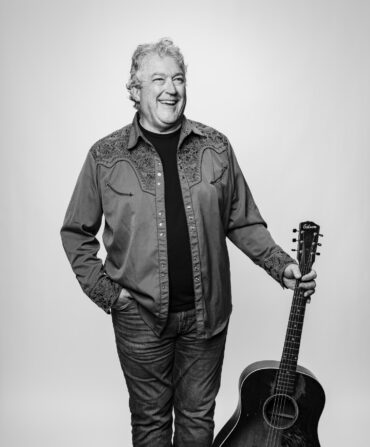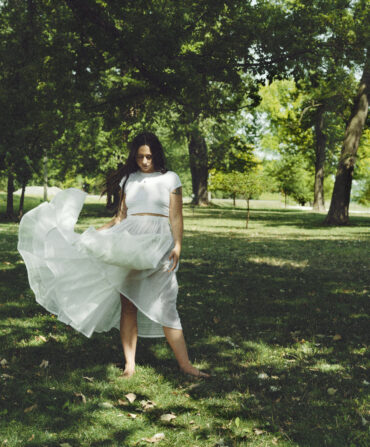The new documentary Without Getting Killed or Caught is a love letter to Guy Clark, one of music’s most gifted songwriters, who died in 2016. But one of the film’s strengths is that it isn’t only about Clark. Far from it. Rather, it’s a fascinating look at the deep relationship between him, his wife, Susanna, and the couple’s best friend, Townes Van Zandt. Clark and Van Zandt are, of course, two towering figures in Texas music, helping drive the folk scene that began to flourish in Houston in the 1960s and eventually spawned the likes of Lyle Lovett, Robert Earl Keen, and Nanci Griffith, among others.
Not long after Clark met Susanna in 1970, the couple settled in Nashville, where Van Zandt soon joined them. The Clarks’ home in East Nashville became the rowdy headquarters for a new wave of Music City songwriters, including Rodney Crowell, Emmylou Harris, and a young Steve Earle. Overseeing it all was Susanna, a painter and songwriter and a kind of den mother to the group. Though married to Guy, she was enchanted by Van Zandt, who made it a point to call her every morning at 8:30 to check in, and when she and Guy later separated for six years, she moved in with him (Guy and Susanna never got divorced). Following Van Zandt’s death in 1997, Susanna went into a deep depression, becoming hooked on painkillers and rarely leaving the house she shared with Guy until her death in 2012.
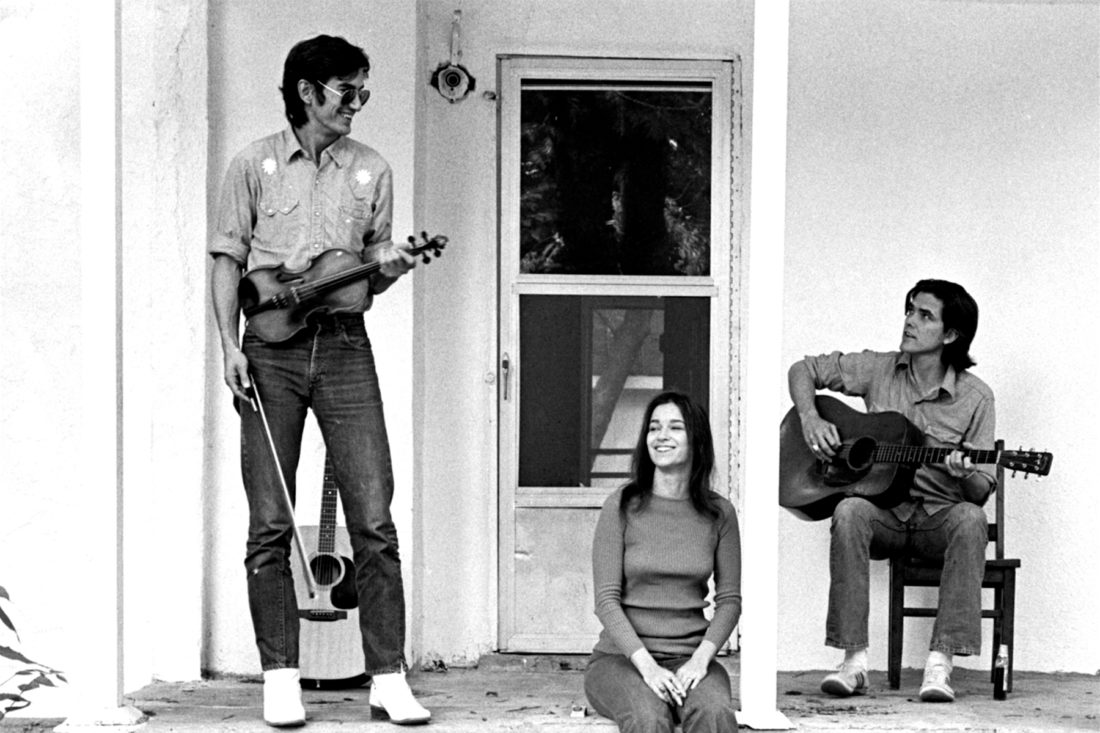
Clark biographer and confidante Tamara Saviano and her husband, Paul Whitfield, produced and directed the film (the title is taken from a line in Clark’s first hit, “L.A. Freeway”). Saviano uses Susanna’s diaries—voiced by Oscar winner Sissy Spacek—as a foundation, as well as recordings Susanna made to her “friend” TP (a tape recorder). Told primarily from Susanna’s point of view, with appearances from Crowell, Earle, Vince Gill, and others, it’s a remarkable look at three people whose bonds extended beyond music. “The love between them is what’s really important,” Saviano says. “I didn’t want to be tawdry, but the relationship was extraordinary. They were all artists, and it was important to each of them to have the freedom to create.”
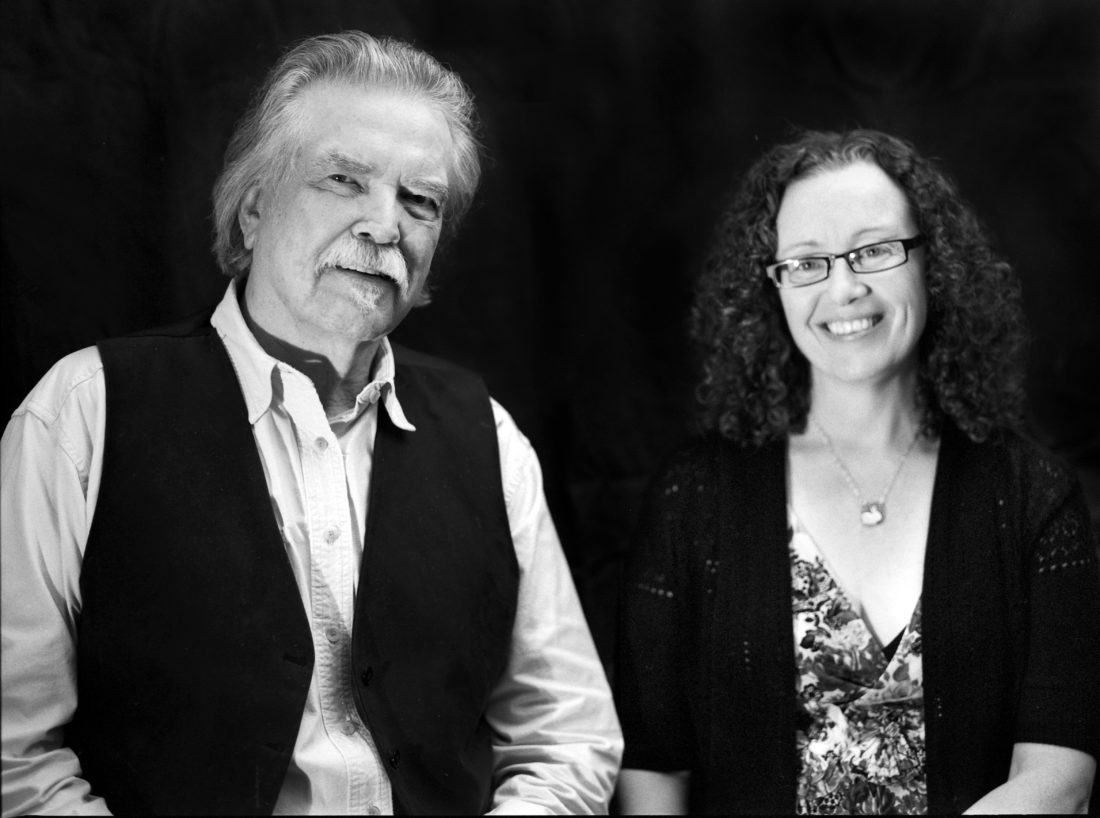
Read more from our interview with Saviano below, and watch an exclusive clip that features the Clarks at one of their favorite places, Luckenbach, Texas. You can catch two virtual screenings of the film on April 22 and April 25, with more screenings likely to be added this spring and summer. For tickets and more info, go to withoutgettingkilledorcaught.com.
I have to say, I think even diehard Clark fans will be surprised by how close the Clarks were with Van Zandt.
[Laughs] It was a really intimate relationship. But it worked for them. I never met Townes, but everyone said that Townes and Susanna were much more vulnerable with each other. So Guy didn’t have to be the charming husband all the time. He was very pragmatic and stoic, and as Steve Earle says in the film, “Susanna was a lot of work for just one person.” She needed more than just Guy, and I think Guy needed someone to pick up the slack.
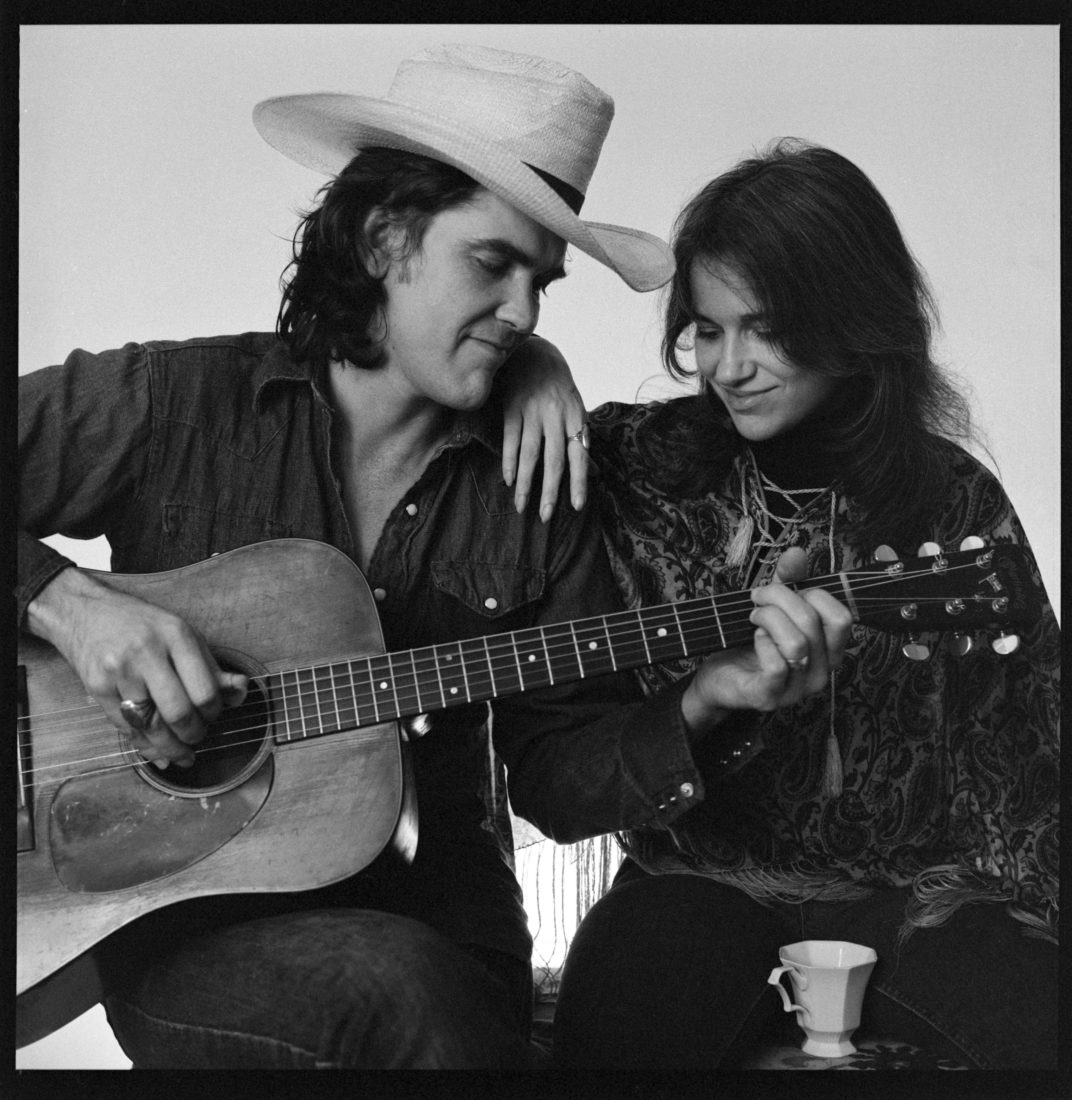
It was heartbreaking to see Susanna decline so drastically after Van Zandt’s death.
Susanna was really haunted, and she lived with a lot of grief in her life. Her sister Bunny committed suicide in 1970, and she never got over that. So when Townes died, she just gave up and became afraid to leave the house. I met Susanna on April 1, 2000. That day she wore street clothes in the morning, but by the afternoon she was in her pajamas, and I never saw her in street clothes again. I would sit on the bed and talk with her, and I could see the glimmer of the old Susanna. She was a spunky woman.
Did anyone try to coax Susanna into returning to a normal life?
Rodney [Crowell] and Emmy [Emmylou Harris] really worked hard to try and get Susanna back to herself. But Susanna made the decision to do what she was going to do, and she won. She was a muse for a generation of songwriters, and she spent the last fifteen years of her life watching TV, smoking, and taking pills. Guy eventually gave up.
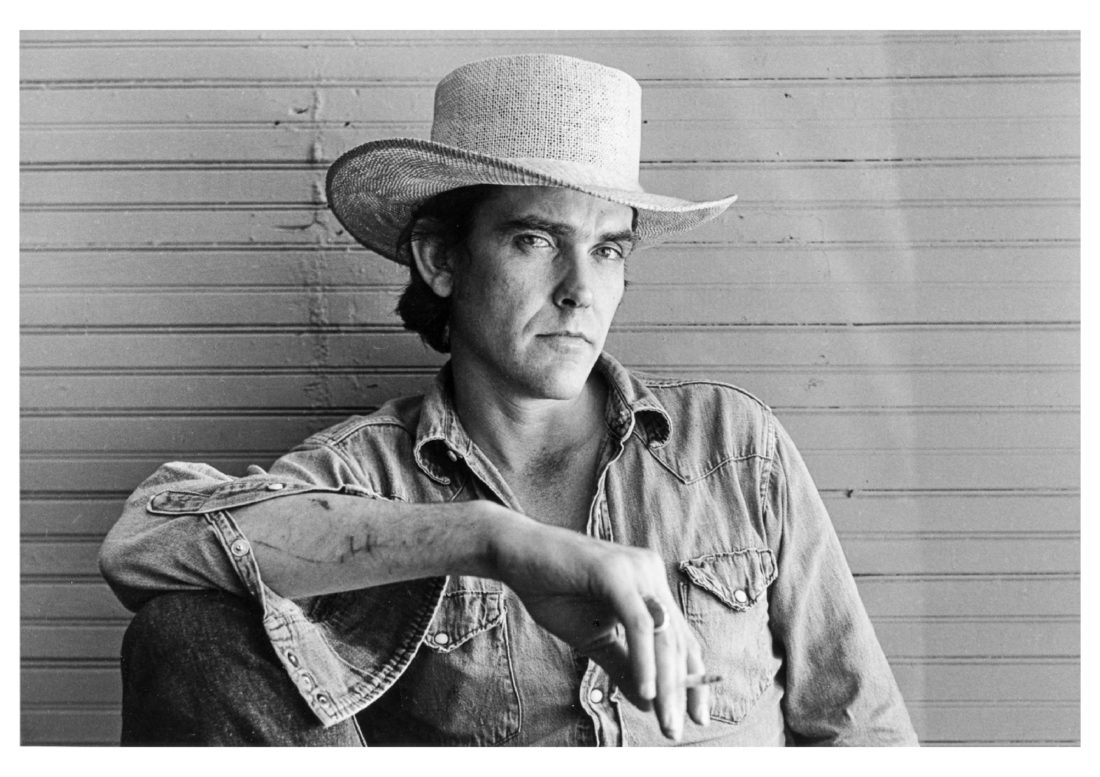
Was telling Guy’s story through the filter of Susanna the idea from the start?
Yes. I really wanted the film to be from Susanna’s point of view. Sissy’s voiceovers all come from Susanna’s journals. Then you hear Susanna’s own voice from her audio diaries. Some of the tapes were garbled, but the ones that were clear were like striking gold. There’s a tape where Guy was trying to give Townes career advice that’s hilarious, and also one where Susanna is overcome with grief after hearing that Townes died. I bawled my eyes out listening to that.
How did Sissy Spacek come into the film?
It was really bizarre. I was having breakfast with my husband and all of a sudden I just burst out: “Sissy Spacek! Sissy is Susanna!” As it turns out, Sissy and Susanna grew up a hundred miles away from each other. After Sissy won an Oscar for Coal Miner’s Daughter, she made an album in Nashville that Rodney produced, and it included “This Time I’m Gonna Beat You to the Truck,” which is a song Susanna wrote. It was magical. She became Susanna right before our eyes. Then, while we’re in the studio, Sissy tells us that Guy’s first wife [folk singer Susan Spaw] had taught her how to play guitar when she was little. It was surreal. I think Susanna was up there pulling the strings.




